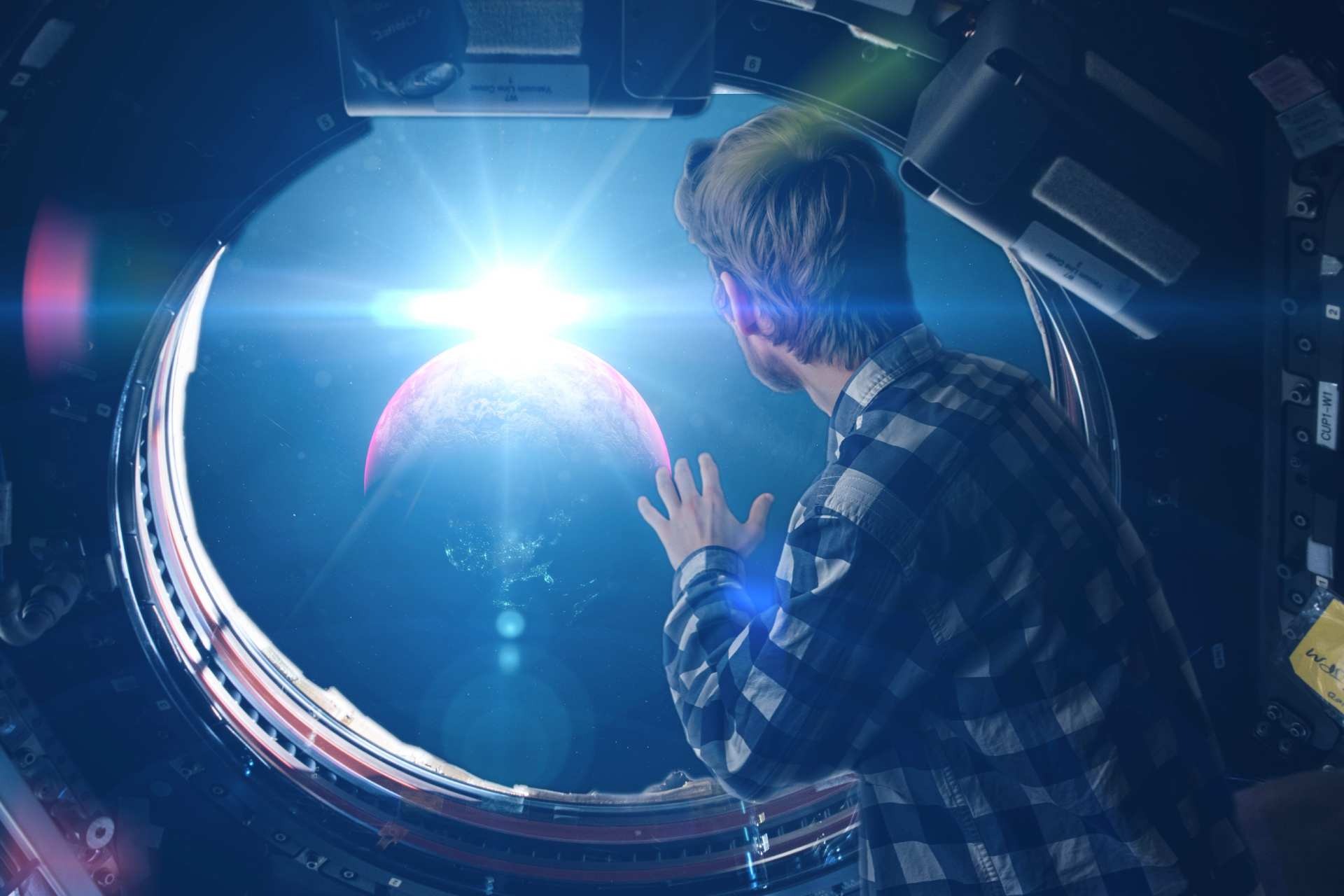Space tourism has captured the imagination of both science fiction enthusiasts and forward-thinking entrepreneurs for decades. The idea of regular civilians venturing beyond Earth’s atmosphere to explore the cosmos is undeniably alluring. However, the practicality, safety, and sustainability of space tourism have been subjects of debate. In this article, we will delve into the current state of space tourism, its challenges, and its potential future.
The Current Landscape of Space Tourism
Suborbital Flights: A Promising Start
Suborbital space tourism, characterized by brief journeys that do not complete a full orbit around the Earth, has seen significant developments in recent years. Companies like Blue Origin and Virgin Galactic have made headlines with their suborbital flight offerings. These trips offer passengers a taste of weightlessness and the opportunity to glimpse Earth from the edge of space.
Suborbital flights have opened doors for a growing number of individuals to experience space. However, the price tag associated with these trips remains steep, limiting access to a select few. For now, it’s more of an exclusive adventure than a mass-market experience.
Orbital Space Tourism: A Vision on the Horizon
Beyond suborbital flights, orbital space tourism represents the next frontier. Companies such as SpaceX, Axiom Space, and Space Adventures are actively pursuing the goal of sending civilians into orbit. The International Space Station (ISS) has been a focal point for these endeavors, with plans to accommodate private astronauts in the near future.
Orbital space tourism holds great promise, but it comes with numerous challenges. These include ensuring passenger safety during extended missions, addressing the environmental impact of space travel, and making it financially viable for a broader demographic.
The Challenges of Space Tourism
Safety Concerns
Space tourism must prioritize safety above all else. The harsh environment of space poses numerous risks, including radiation exposure, microgravity-related health issues, and the potential for catastrophic accidents. Companies entering the space tourism industry must adhere to strict safety standards to protect passengers and crew.
Environmental Impact
The environmental impact of space tourism is a growing concern. Rocket launches release harmful emissions and contribute to space debris, which can pose risks to both crewed and uncrewed missions. Developing more sustainable propulsion methods and responsible space debris management practices is essential for the long-term viability of the industry.
Accessibility and Affordability
To truly become a mass-market industry, space tourism must become more accessible and affordable. Lowering costs and finding ways to accommodate a wider range of passengers, including those with disabilities, is crucial. Government support and industry collaboration can help drive progress in this direction.
Ethical Considerations
Space tourism also raises ethical questions. How should space travel be regulated to prevent exploitation or damage to celestial bodies? What are the ethical implications of commercializing an environment historically reserved for scientific exploration? These questions require careful consideration as the industry matures.
The Future of Space Tourism
The future of space tourism is both promising and uncertain. While challenges remain, advancements in technology, increased competition, and growing public interest suggest that space tourism will continue to evolve. Here are some potential scenarios for the industry’s future:
Expanding Orbital Tourism
As technology improves and costs decrease, orbital space tourism could become more accessible. Private space stations, in addition to the ISS, may become destinations for tourists, researchers, and adventurers alike.
Lunar and Beyond
Exploring destinations beyond Earth’s orbit, such as the Moon and Mars, is an exciting prospect. Companies like SpaceX are actively planning missions to these celestial bodies, and if successful, lunar and Martian tourism could become a reality in the coming decades.
Sustainability Initiatives
Addressing environmental concerns will be pivotal for the industry’s longevity. Companies must invest in eco-friendly propulsion systems and adopt responsible practices to minimize space debris.
Ethical Regulation
Governments and international bodies will need to establish clear regulations to ensure ethical conduct in space tourism. This includes protecting celestial bodies from exploitation and safeguarding the rights and safety of space tourists.
In conclusion, space tourism is at a critical juncture. While it holds immense potential for the future, it must overcome significant challenges to become a sustainable, safe, and accessible industry. With continued innovation and a commitment to addressing these challenges, space tourism may indeed become the final frontier for humanity, rather than a fleeting fantasy.

